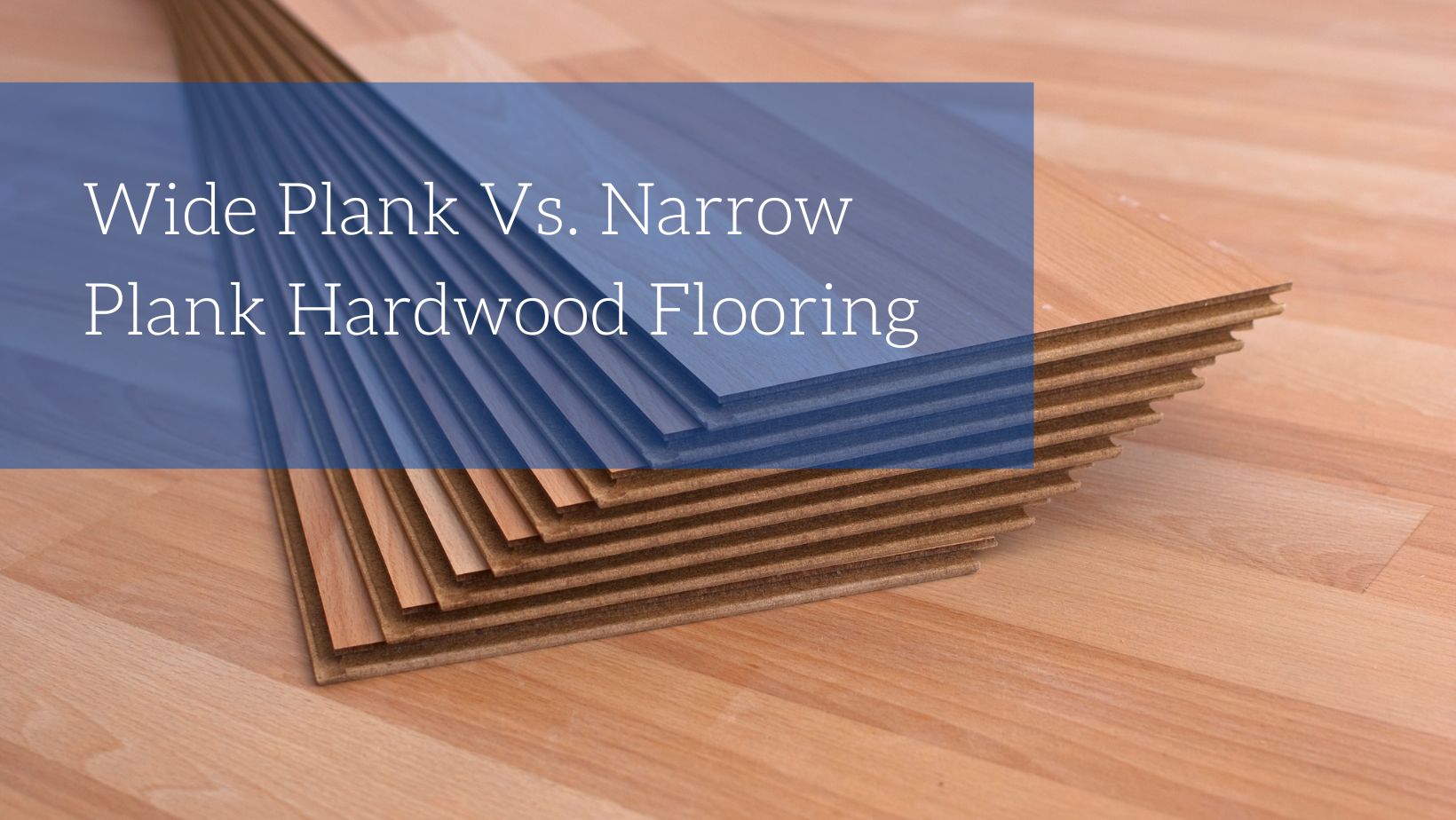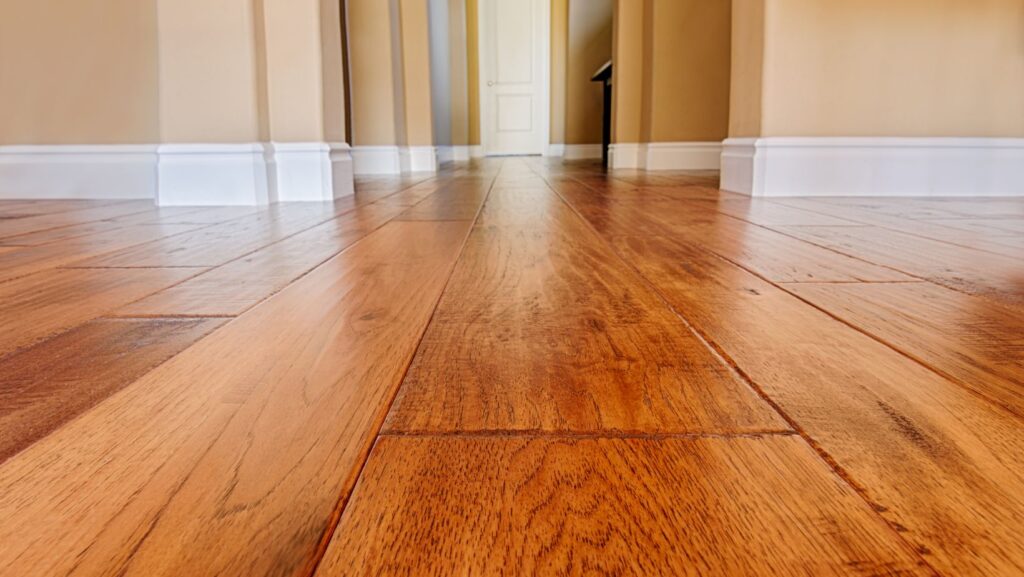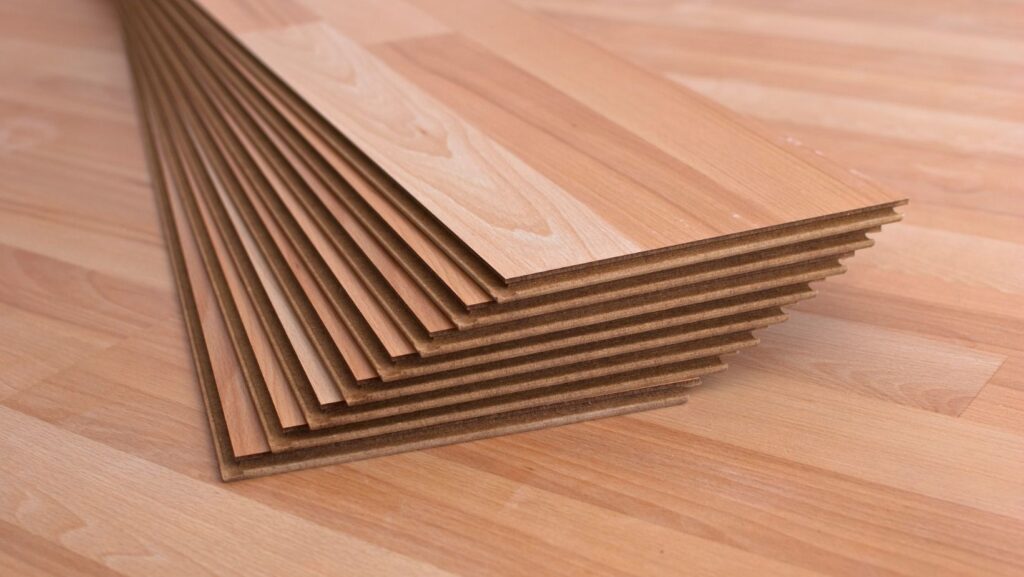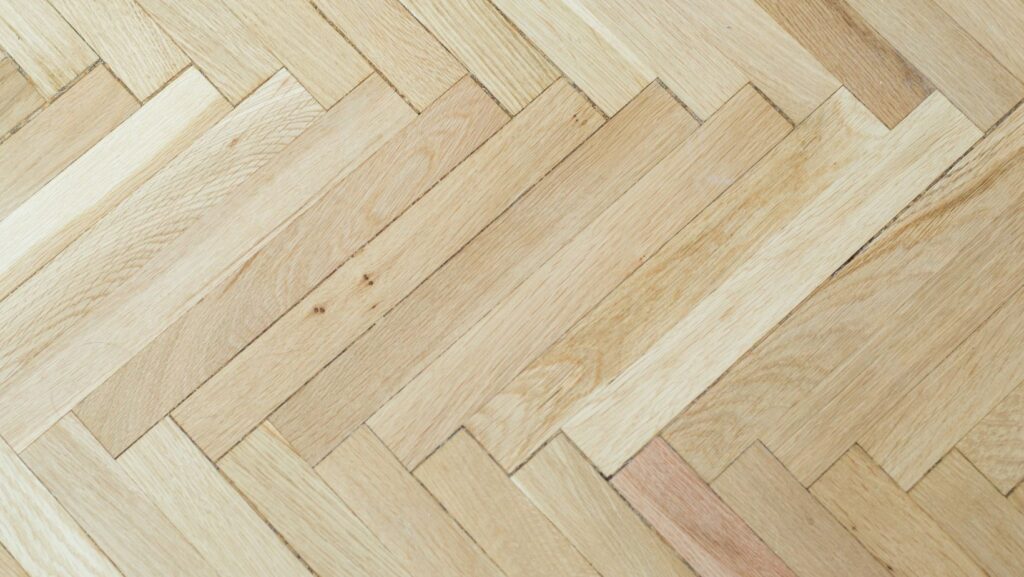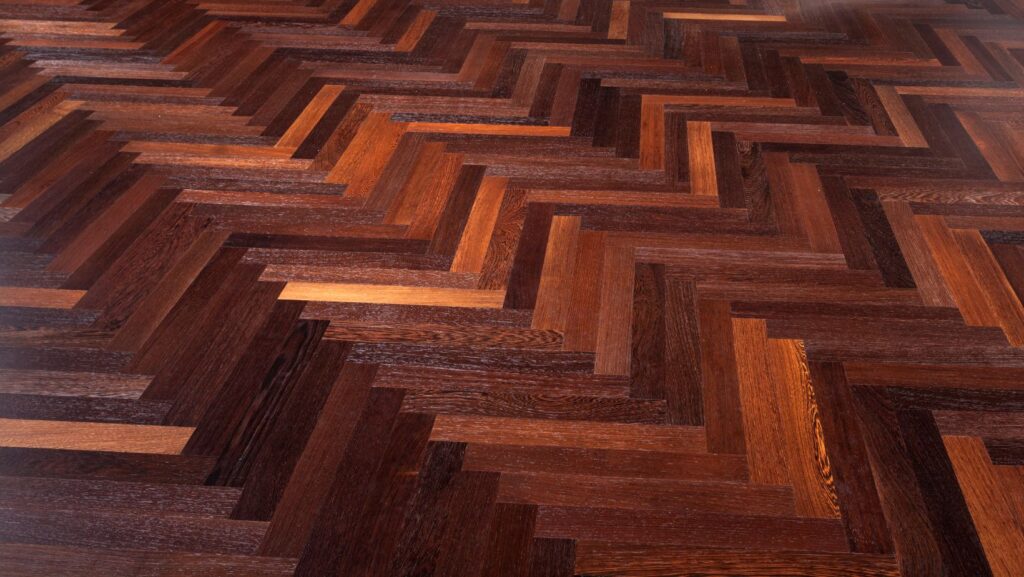Are you considering whether wide plank or narrow plank hardwood flooring is the right choice for your home? You’re not alone in this dilemma, as many homeowners struggle to make a decision that they feel confident with. With seemingly endless options on the market, weighing all of them and understanding the differences between each can be overwhelming. But don’t despair—we’ve got all you need to know about wide plank hardwood flooring and narrow plank hardwood flooring right here!
Wide Plank Vs. Narrow Plank Flooring?
When it comes to hardwood flooring, one of the biggest choices you’ll make is whether to go with narrow or wide plank wood flooring. The width of a plank affects the look and feel of a room, so it’s important to get it right.
Wide plank flooring typically ranges from 5–12 inches in width and offers a classic look that has been exhibited over many generations. On the other hand, narrow planks are usually between 2-4 inches wide and have a modern aesthetic that works well in contemporary spaces.
Perks of Wide Plank Wood Flooring
Wide plank wood flooring is an excellent choice for any space due to its many advantages. First, it has a more natural and rustic look than other types of flooring, making it perfect for anyone who wants to create a cozy atmosphere in their home. It also creates a smooth look that lets the eye seamlessly roam around the room. Lastly, with fewer seams, this type of flooring is easier to keep clean, as dirt and debris can’t easily hide in between the cracks or crevices. Considering these benefits, wide plank wood flooring is a fantastic option when searching for a long-lasting and beautiful style of flooring for any room or space.
Drawbacks of Wide Plank Wood Flooring
One of the major drawbacks of wide plank hardwood flooring is its cost. Due to the higher demand for material and labor than conventional narrow boards, wide plank flooring results in a significantly higher price tag. This can make it prohibitively expensive for some homeowners or business owners who are on a budget. Also, if not installed properly, wide plank wood flooring can have a tendency to cup or warp over time. Cupping occurs when moisture gets underneath the boards and causes them to swell resulting in a concave shape that is both unattractive and difficult to repair.
Perks of Narrow Plank Flooring
Narrow plank wood flooring is superior to wide plank wood flooring in certain ways, making it a good choice for many owners. Not only does it need less room to expand and contract with changes in humidity, which keeps floors flat and undamaged, but it can also be easily customized to fit almost any style of interior design. Narrow planks are now available in a range of modern colors and textures such as gray-washed wood and hand-distressed boards, as well as traditional ones like oak and hickory. The wealth of options gives people the chance to make their homes feel unique without giving up the warm, inviting feel of a hardwood floor.
Drawbacks of Narrow Plank Hardwood Flooring
Yet, narrow plank hardwood flooring has its drawbacks. One of the primary issues is its potential to make a large space look crowded and busy. This can be especially problematic when trying to create an open, airy feel in a room. In addition, you may find that the material is more difficult to clean and maintain over time; dirt and dust can easily get stuck in between the boards and become difficult to remove.
Additionally, the installation process of narrow planks can be a more expensive and time consuming process since it takes more boards to cover the same area than its wider-plank counterpart.
The decision between wide plank and narrow plank hardwood flooring ultimately comes down to personal preference. With
your room design and specifications in mind, consider the pros and cons of each option before making a final decision. Since both types of flooring options are excellent choices, take the time to decide which hardwood flooring adds the most aesthetic value to your home to keep you satisfied for years to come. Thanks for reading!


